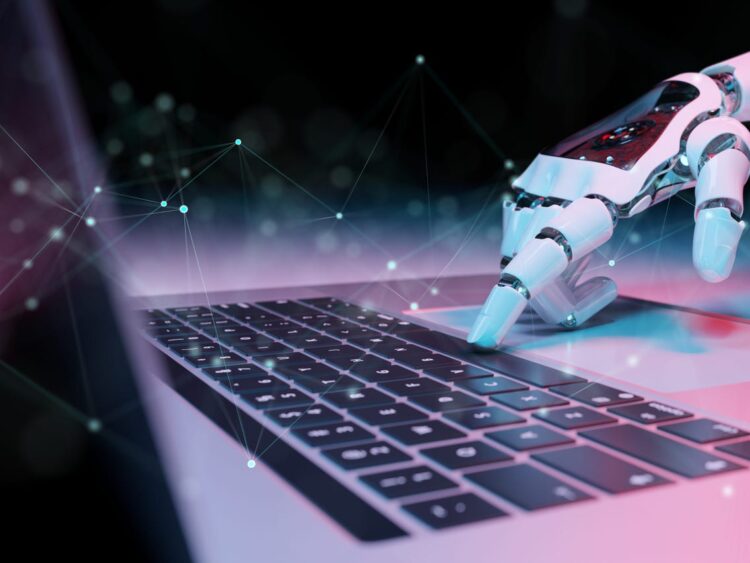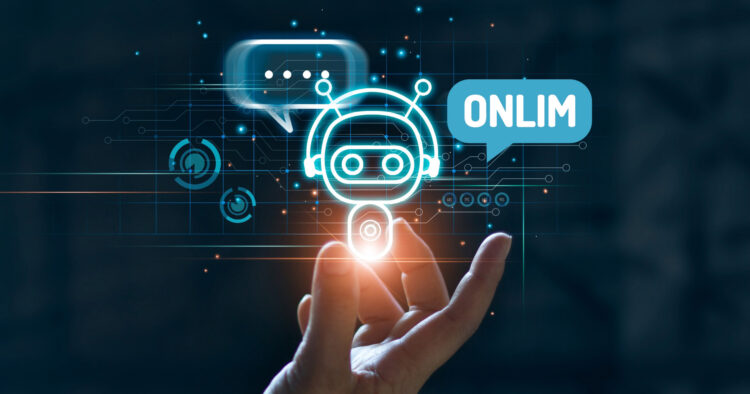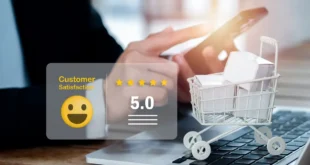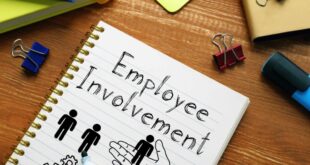Finding and hiring the right candidate for an open position isn’t easy. As recruiters and hiring managers know, finding the ideal person takes time. Despite recent layoffs from major tech companies and corporations, hiring qualified individuals is challenging. Of course, no recruiter wants to fill a role for the sake of filling it. Not only is this a costly mistake for the company but it will cause double work for the recruiters to refill the seat after the individual is deemed an improper fit.
This is where job fit comes into play. Job fit refers to how well an employee is suited for their job. For example, if someone is a creative thinker and loves to tinker with Photoshop then working with Excel spreadsheets as an accountant isn’t a good match. Poor job fit primarily stems from either lack of experience or inability to grow in a position. And this scenario isn’t beneficial to the employee or to the company.
Fortunately, technology has given rise to new tools to help avoid poor job fit. Hiring managers and recruiters can lean on these tools to better understand a candidate’s qualifications. And those involved in the interview process can utilize tech to make the process more efficient. Below are four tools to start implementing today to improve job fit.
1. AI-Driven Tools

There’s a lot of conversation these days about artificial intelligence (AI), and it’s for a good reason. AI is a powerful tool, and when used correctly, it can help streamline processes and assist communication efforts. Through data collecting, AI tools are able to find potential candidates who have yet to apply to your open role. Once the candidate is found, AI can also aid in predicting how they will perform. By analyzing resumes and responses to interview questions, these tools can forecast who may be the best fit.
According to Two Story, tapping into performance analytics during the hiring process leads to better performance indicators. Recruiters can evaluate common traits of current top performers and see how applicants compare. AI-driven tools can automate the process of finding and sourcing candidates with comparable traits based on key performance indicators. Candidates that match the criteria can be passed to recruiters, allowing for a more advanced and efficient process.
2. Chatbots

Chatbots are plentiful in today’s digital landscape. E-commerce sites use them to offer suggestions to buyers and provide an efficient customer service experience. But chatbots shouldn’t be limited to sales strategies. In the realm of recruiting and hiring, chatbots can converse with potential talent 24/7.
For candidates, this experience shows that the company is open to hiring while also providing a tailored recruiting experience from the start. Additionally, chatbots can gather information from a candidate before a human recruiter needs to step in and interact with them personally.
To establish good job fit, an AI chatbot can ask specific questions around job responsibility and prior experience level. They can also ask questions about office behaviors, such as a preference to work from home or in a hybrid environment. Answering candidate’s initial questions and explaining the company’s benefits saves the recruiter time and helps narrow down the candidate pool. Applicants who aren’t a good match will either bow out themselves or the chatbot can communicate the lack of job fit to the recruiting team.
3. Pre-Employment Performance Assessments

Wouldn’t it be great if you really knew the abilities of your candidates before offering them a job? Well this is entirely possible with pre-employment assessment tools. Hard skills such as cognitive thinking, learning agility, typing, and language can be tested with these tools. Knowing for certain if someone is proficient in the areas listed on their resume has been difficult in the past. With an assessment, however, recruiters are able to evaluate candidates based on their test results.
One of the main benefits of utilizing pre-employment assessments is that it helps eliminate bias. Throughout the interview process, bias is inevitable. But by testing individuals from the start, recruiters and hiring managers can look at candidates based on how they performed. Note, the tests shouldn’t be designed to trick anyone. Rather, their main purpose should be to help recruiters obtain practical insights to see if the applicant will be a good fit for the role.
4. Personality Assessments

Finding the right candidate goes beyond evaluating their skills and qualifications. Understanding their personality traits and how they align with the company culture is equally important. Luckily, personality assessment tools can provide valuable insights into a candidate’s behavioral tendencies, communication style, and work preferences.
While asking a candidate their Myers–Briggs Type or Enneagram can be a great place to start, there are a variety of personality tests out there. These tools use various methods, such as psychometric tests and behavioral assessments, to gauge personality traits. By assessing factors like extroversion, conscientiousness, emotional stability, and openness to new experiences, recruiters can gain a deeper understanding of how a candidate may fit within a specific role.
Keep in mind, the test your company chooses to use may vary based on the personality traits you’re most interested in knowing about. For example, a fast-paced startup in the tech industry may prioritize traits such as adaptability, proactivity, and a high tolerance for ambiguity. They might choose to use an assessment that gauges an individual’s comfort level with change, their ability to take initiative, and their willingness to embrace uncertainty.
On the other hand, a company within a more traditional industry may value stability, attention to detail, and a methodical approach. For them, a personality assessment tool that assesses traits like conscientiousness, organizational skills, and detail-orientedness would likely be preferred. Either way, by considering a candidate’s personality, recruiters can make informed decisions about their suitability for a role and the organization as a whole.
Takeaways
Implementing the right tools can lead to faster hires, more efficient processes, and overall better hires. As mentioned, tools can help eliminate biases and allow for a more fair process. Tools can automate routine tasks, source potential candidates, and test individuals’ skill-sets.
Every company has unique hiring needs so finding the best tools for you will take some time. Think about what is currently causing the most friction in your processes. Are your recruiters spending countless hours on LinkedIn searching for the best candidate? If so, an automated AI tool designed to scour candidates based on their level of experience may be ideal. If you feel overwhelmed by the mere number of conversations with potential candidates, then a chatbot setup may work well.
No matter what tools you implement, job fit should remain top of mind. It will improve employee retention and engagement. Your company is only as great as your people are, so making smart hires is advantageous for everyone.
 Hi Boox Popular Magazine 2025
Hi Boox Popular Magazine 2025



